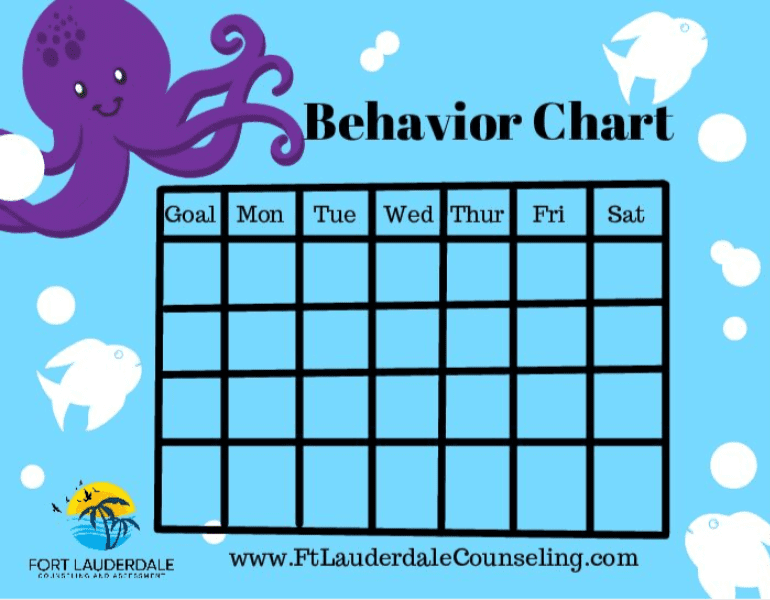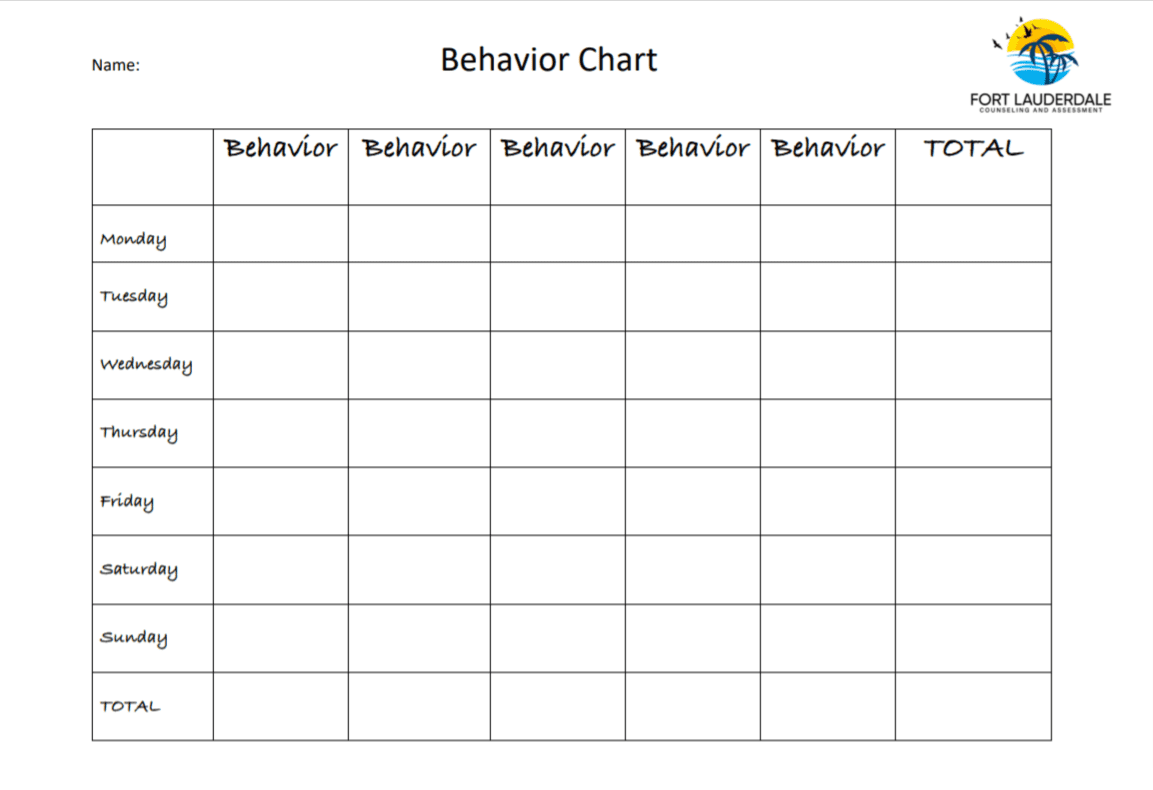Behavior Modification Charts, also known as Behavior Charts, can be a very useful tool for parents and teachers to help children increase desired behaviors (e.g., getting dressed in the morning for school or helping set or clear the table for dinner) or to correct a specific behavioral problem (such as not listening, defiance, whining, or not doing homework). These charts provide an opportunity for parents to recognize and reinforce accomplishments.
Behavior Charts can also be used to provide children with a daily incentive to work on different specific behaviors (such as doing homework on Monday; remembering to take out the garbage and working on listening to the teacher and mom and dad on Tuesday; and so on).
Charts are an effective tool in school-age children because kids want approval from adults, and they love praise and concrete evidence of their achievement or progress (one reason why gold stars have such an enduring appeal for kids this age). Kids also hate to lose, so the possibility of losing, rather than gaining a sticker on a behavior chart will be motivating.
Furthermore, seeing these expectations in writing helps kids remember goals—as well as undesired behaviors. When the chart is filled, or an agreed upon number of stars or points are earned, your child can choose a reward, such as getting to choose the family games or movies, additional TV or phone time, a special meal or toy, to name a few.
Some tips for behaviors charts
- Choose Specific Observable Behaviors (e.g., brushing teeth, making eye contact when spoken to, using emotion words when angry). Being “good” is NOT an observable behavior.
- Only focus on 2-3 goals at a time. Do not overwhelm your child with too many behaviors to adjust.
- Start with achievable goals. You want him to succeed, so the first week he should always reach his goals. If he brushes his teeth once a week without being told, then that is his first goal.
- Once reinforcement is given (e.g., earning a star or point) DO NOT take it away.
- Remember to praise, celebrate and reinforce desired behaviors!
Extra Tip!
Using chips is a similar concept: Take two jars, one empty and one filled with something, such as poker chips. For each day that your child meets expectations, he can have one chip move to the empty jar. When the empty jar is full, he can have a reward.








